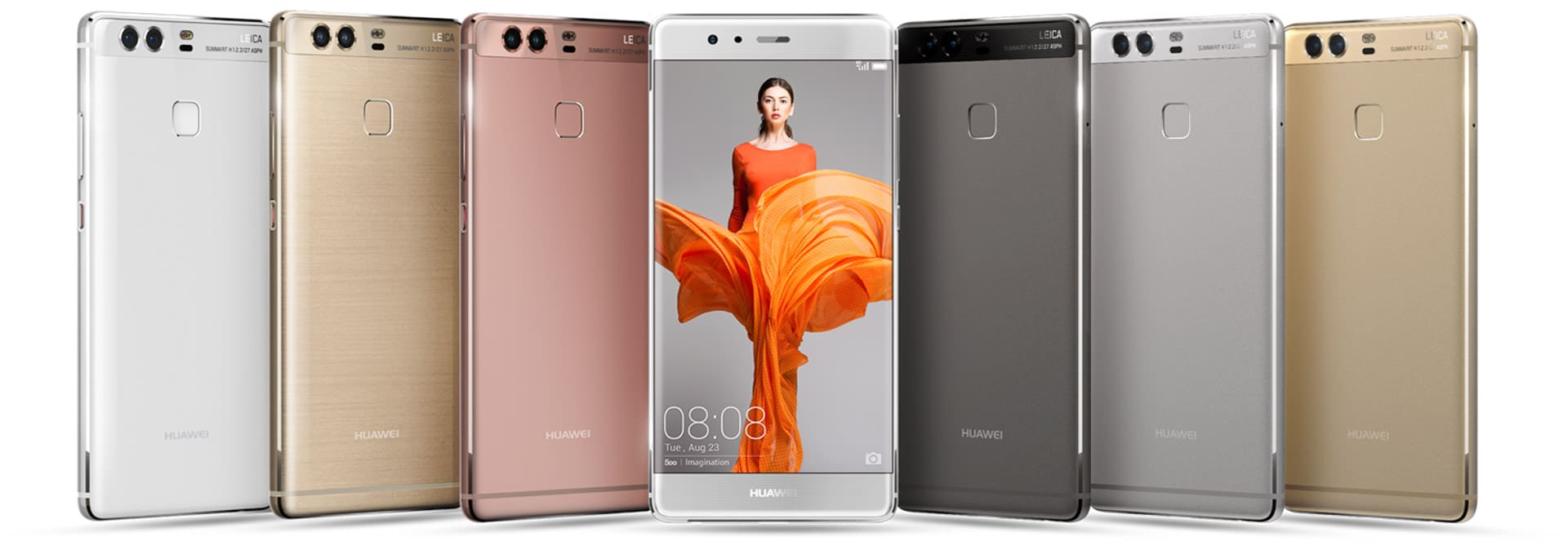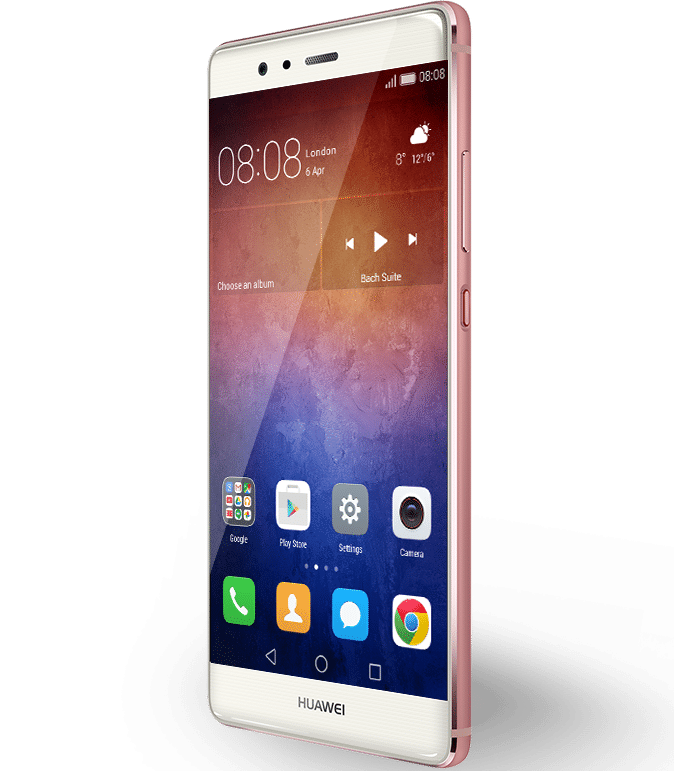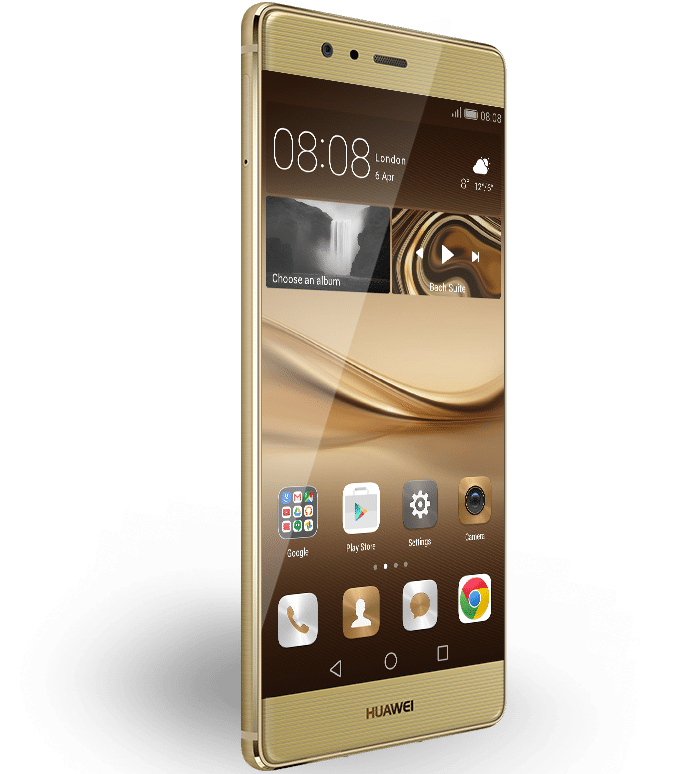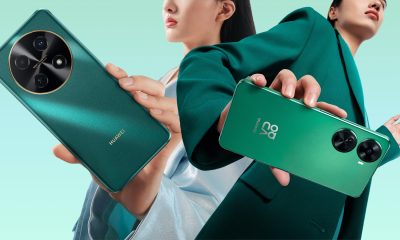News
Huawei’s new P9 and P9 Plus phones take a swing at low-light photography

Huawei, it seems, is really into making premium phones now. Fresh off giving the world the Google Nexus 6P and Huawei Mate 8, the leading smartphone brand in China and number 3 worldwide, having shipped more than 100 million phones in 2015, has unveiled yet another high-priced product in the 5.2-inch P9 and 5.5-inch P9 Plus.
Whereas the Nexus 6P and Mate 8 were all about providing a speedy user experience and pushing the limits of screen size in somewhat manageable form factors, the P9 series’ most marketable quality can be found around the back. To be clear, that’s not to say the P9 and P9 Plus lag behind the curve, or other phones in Huawei’s portfolio for that matter (but we’ll get to this shortly).
A pair of 12-megapixel, Leica-certified cameras sit flush on the back of the P9 and P9 Plus, and Huawei is confident that you’re going to want to use them as soon as you get your hands on its latest creations.
One of the rear cameras feature a monochrome sensor, while the other packs a traditional smartphone-camera sensor. When they work brilliantly together, just like the Wonder Twins from Superfriends, or for the younger crowd, Batman and Superman in the last act of Batman v. Superman, they’re supposed to produce brighter, clearer shots in low light.
Huawei says they can let in three times more light information and increase contrast by as much as 50 percent. And to that we say: Let’s leave it for consumers and experts in the tech community to determine whether or not the dual-camera setup is worth the money.
We do applaud Huawei’s efforts to try and get smartphones to do a better job of taking photographs where light is scarce. But adding another rear-facer and making the back of a very personal device look at you with horror, like you just plugged a 110-volt hair dryer into a 220-volt socket, isn’t what we had in mind. It certainly doesn’t help that the P9’s fingerprint sensor resembles an open mouth, thus completing the look of a shocked rear panel.
Huawei has also thrown in a laser autofocus module, two-tone flash, and optical image stabilization for less shaky photos and videos into the P9 range’s admittedly expansive set of photography-related features. For the selfie-obsessed youth, the 8-megapixel front camera should suffice.
The P9 and P9 Plus don’t skimp on computing power and memory options, either, with both phones sporting an in-house HiSilicon Kirin 955 chip — the fastest in a Huawei smartphone to date — with as much as 4GB of RAM and 64GB of expandable storage (for the higher-end P9 variant and P9 Plus).
The P9 has a 3,000mAh built-in battery, which is slightly less than the 3,400mAh cell packed into the back of the P9 Plus. But regardless of which P9 variant you go with, you’d be happy to know that there’s a USB Type-C connector with fast charging on the bottom of either handset.
The P9 and P9 Plus resemble last year’s P8, and to a lesser extent, the Nexus 6P, and the company says the phones make use of a metal unibody for a more cohesive and seamless construction.
They’re only 6.95mm thick and have bezels that measure 1.7mm, so Huawei continuing to build fairly compact handsets with big displays isn’t a trend that will likely fizzle out any time soon. A resolution bump to 1,440 x 2,560 pixels (from 1,080 x 1,920) would have been a welcome development, but unfortunately the P9 carries the same, full-resolution display as its predecessor.
The Huawei P9 is priced at £449 ($630 or Php29,000) in the U.K., while P9 Plus retails for £549 ($780 or Php36,000). Shipping starts mid-May.
https://www.youtube.com/watch?v=EPwpFojqFww
[irp posts=”2258″ name=”Huawei P9 and P9 Plus gear up for Southeast Asia release”]

News
Xiaomi Redmi A3 Philippine pricing, availability
Budget smartphone with high refresh rate display

Xiaomi is bringing high refresh rate displays to its budget line with the announcement of the Redmi A3. The latest addition to the entry-level Redmi line boasts of an expansive 6.71-inch HD+ display with up to a 90Hz refresh rate.
The Redmi A3 is available in Midnight Black, Star Blue, and Forest Green. The smartphone is priced at PhP 3,399 (3GB+64GB) and PhP 3,999 (4GB+128GB) respectively for its two configurations.
Customers may preorder the phone until April 27 via Lazada, Shopee, and TikTok. General sale begins April 26th in all Xiaomi stores nationwide. Freebies are a Basic Piston Earphone for online purchases and a 3-month Viu Premium subscription for in-store purchases.
The Redmi A3’s immersive screen allows users to consume various content in high-definition with better smoothness, a boost for a phone of its price point. The screen has Corning Gorilla Glass 3 protection as well, and DC dimming to reduce blue light exposure.
The phone also sports a refined design that lets go of the iPhone-looking camera arrangement. Instead, the main camera is now in the middle as part of a watch face-looking setup similar to other Android phone offerings.
Speaking of, an 8MP main shooter highlights the back of the Redmi A3. In front is a 5MP front camera. The phone is powered by a MediaTek Helio G36 processor and runs on an Android 14-based OS. Furthermore, it has a 5,000mAh battery with 10W of USB-C charging.
Other handy Redmi A3 features for users to utilize include a 3.5mm jack, Face Unlock, and Fingerprint Unlock.
For the longest time, Google kept Pixel and Android behind two different teams. While the Pixel team dealt with devices made by and for the brand, the Android team ships a product meant for brands outside of the company’s purview. However, the days of separation are at an end. Google is officially merging its Pixel and Android teams together.
In a shocking announcement, the company has confirmed that the teams handling hardware and software will fall under a single team headed by Rick Osterloh. Prior to the merge, Osterloh was the senior vice president of devices and service, which was Google’s hardware branch. He will now oversee both hardware and software.
Because of the new leadership change, Hiroshi Lockheimer, former head of Android, will now move on to other projects within Alphabet. Of note, the change is not harsh for Lockheimer. He and Osterloh had been contemplating on the merge for a while.
Now, why the change? As is the case with everything today, it’s all because of AI. Speaking to The Verge, Osterloh explains that the merge will help with “full-stack innovation.” With how technology is these days, it’s now impossible to develop AI without having a close eye on hardware, such as in Google’s AI developments for the Pixel camera. Merging the teams will help streamline development, especially when hardware is involved.
Despite the change, outside brands, like Qualcomm’s Cristiano Amon, remains confident of Android’s capabilities outside of Google. Just expect more AI coming out in the near future.
Since the Pixel 6 series, Google continues to wow the market as one of the most unique camera designs available in the market today. This year, the brand’s Pixel 9 series might reinvent itself again with a slightly updated redesign.
Between the Pixel 6 and Pixel 8 series, Google introduced a wraparound camera island extending from the left edge to the right edge. While most smartphones today still use the traditional top-left island layout, Google’s lineup consistently grabs admiration from onlookers.
Now, according to an early leak (from Rozetked, via 9to5Google), Google might cut the camera island’s size before it reaches either side of the Pixel 9. The remaining chunk looks like a horizontal pill-shaped camera island right in the middle of the rear panel. It looks like a common camera island comically enlarged and turned on its side. Alternatively, it also looks like a webcam attached to a phone.
Based on the new leak, the new camera island will have three unknown lenses, the usual LED flash, and an unconfirmed sensor. Besides the different camera, the leak also confirms the usual tray of hardware on the side. There’s nothing too revolutionary.
As always, the Pixel 9 series is scheduled to come out in the fall of this year.
SEE ALSO: Pixel 9 series will reportedly come in four models
-

 Features1 week ago
Features1 week agoFortify your home office or business setup with these devices
-

 Events2 weeks ago
Events2 weeks agoStellar Blade: PlayStation taps cosplayers to play Eve for game’s launch
-

 Gaming2 weeks ago
Gaming2 weeks agoThe Rogue Prince of Persia looks like an ultra-colorful roguelite
-

 Accessories2 weeks ago
Accessories2 weeks agoLogitech unveils G Pro X 60 gaming keyboard: Price, details
-

 Gaming2 weeks ago
Gaming2 weeks agoStar Wars Outlaws release date revealed
-

 Reviews1 week ago
Reviews1 week agorealme 12+ 5G review: One month later
-

 Gaming2 weeks ago
Gaming2 weeks agoLenovo confirms development of a Legion Go 2
-

 Deals2 weeks ago
Deals2 weeks agoTCL P635 TV: Big savings for TCL’s anniversary


























